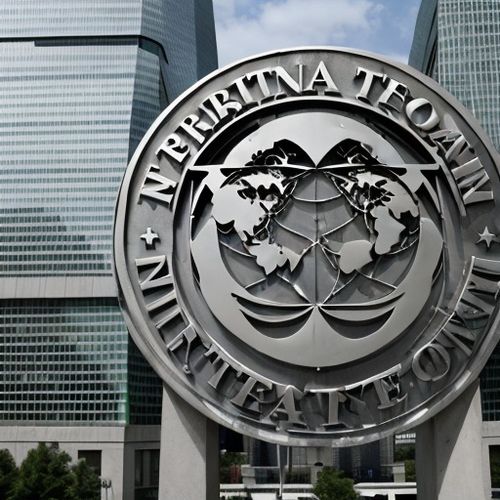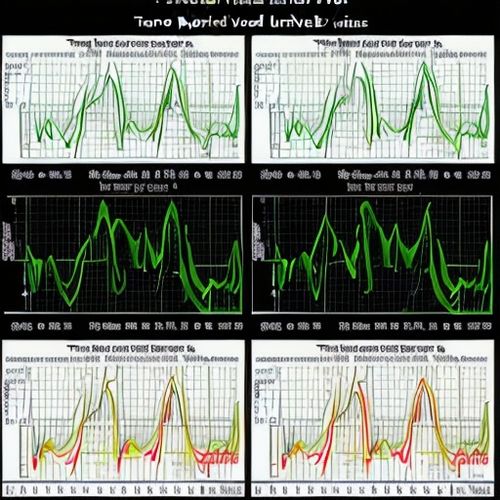The concept of compound interest has been called the eighth wonder of the world by none other than Albert Einstein himself. While the attribution might be apocryphal, the sentiment captures the almost magical quality of how money can grow exponentially over time. Unlike simple interest that only earns returns on the principal amount, compound interest earns returns on both the principal and the accumulated interest - a difference that becomes staggering over longer periods.
Consider two investors: one who begins setting aside $5,000 annually at age 25, and another who starts the same practice at 35. Assuming a 7% annual return (roughly the historical average of the stock market), by age 65 the early starter would have nearly twice as much as the late starter - about $1.1 million compared to $540,000. That ten-year head start generates more wealth than the additional $50,000 contributed, demonstrating how time is the most crucial ingredient in the compounding recipe.
The mathematics behind compounding reveals why it's so powerful. In the first few years, growth appears linear and unimpressive. But as the curve begins to bend upward, the acceleration becomes dramatic. A single dollar invested at 10% interest would grow to $1.10 after one year, $2.59 after 10 years, $117 after 50 years, and an astonishing $13,780 after 100 years. This exponential growth explains how modest regular investments can blossom into substantial sums given sufficient time.
Warren Buffett's fortune provides the most famous real-world example. The Oracle of Omaha built his $100 billion net worth not through extraordinary annual returns (his average is around 20%), but through consistent compounding over seven decades. Had he started investing in his 40s rather than his teens, his wealth would likely be a fraction of its current size. The key wasn't timing the market, but time in the market.
Psychological barriers often prevent people from harnessing compound interest effectively. Humans are wired for present bias - we overweight immediate rewards over future gains. The prospect of waiting decades for our money to grow feels abstract compared to the concrete pleasure of spending today. This explains why so many people delay saving for retirement until their peak earning years, sacrificing the most valuable compounding years in the process.
Inflation acts as the silent killer of compounding's power. At 3% annual inflation, the purchasing power of money halves every 24 years. This makes real returns (returns after inflation) the only metric that matters. Money market accounts paying 1% when inflation is 3% actually destroy wealth over time. Successful compounding requires investing in assets that outpace inflation - typically stocks, real estate, or other productive assets over the long term.
The volatility of high-compounding assets presents another challenge. Stock markets experience frequent downturns - about once every 3-5 years on average. Many investors panic during these periods, selling at lows and missing the eventual recovery. Yet historically, every market downturn has been followed by new highs. The investors who compound most successfully are those who can endure short-term fluctuations for long-term growth.
Tax strategies play an often-overlooked role in maximizing compounding. Retirement accounts like 401(k)s and IRAs allow money to grow tax-deferred or tax-free, preventing the government from taking annual bites out of returns. A $10,000 investment growing at 7% for 30 years becomes about $76,000 in a taxable account (assuming 25% capital gains tax) versus $100,000 in a Roth IRA. The difference becomes more pronounced with larger sums and longer time horizons.
Behavioral finance research shows that people systematically underestimate compounding's power. In studies, participants asked to estimate the growth of regular contributions over decades typically guess amounts far below the actual totals. This "compounding blindness" leads to inadequate savings rates and delayed financial independence. Financial literacy programs that demonstrate concrete examples of long-term compounding can help overcome this cognitive bias.
The principles of compounding extend beyond finance. Knowledge compounds as learning builds on previous understanding. Relationships compound as networks expand through introductions. Habits compound as daily routines create significant life changes over years. In each domain, small consistent actions generate outsized results over time - the fundamental lesson of the eighth wonder.
Modern technology has democratized access to compounding tools that were once available only to the wealthy. Robo-advisors allow automatic investing with small amounts. Fractional shares permit ownership in expensive stocks. Commission-free trading removes barriers to regular contributions. These innovations mean anyone with discipline and time can harness what was historically the privilege of financial elites.
Yet for all its mathematical certainty, compounding requires something deeply human - patience. In an era of instant gratification, the willingness to let growth happen slowly marks the difference between those who build wealth and those who chase it. The eighth wonder works for everyone, but only those who understand its paradoxical nature - that the slow path is actually the fastest way to true wealth.
The most profound implication of compounding may be its philosophical lesson about time's nature. We often perceive time as linear, but compounding reveals its exponential quality. Small differences in initial conditions create vast divergences in outcomes - the so-called "butterfly effect" of personal finance. Recognizing this, the wise investor understands that the best time to plant a financial tree was twenty years ago, and the second-best time is today.
As life expectancies increase and retirement periods lengthen, compounding's importance grows accordingly. A 65-year-old today may need their savings to last 30 years or more. Only investments that continue growing during retirement can prevent outliving one's money. This makes understanding compounding not just a wealth-building strategy, but a critical longevity planning tool.
Financial advisors often use the metaphor of the "miracle of compounding" - but there's nothing supernatural about it. The miracle lies in its accessibility. Unlike actual wonders of the ancient world that required slave labor and royal treasuries, compounding works equally well for janitors and CEOs. The required ingredients - regular savings, reasonable returns, and time - are available to nearly everyone in developed economies.
Perhaps the only true limitation of compounding is human nature itself. Our tendency to prioritize the present, chase hot investments, and abandon strategies during downturns explains why so few fully benefit from this eighth wonder. Mastering compounding ultimately means mastering oneself - making it not just a financial tool, but a philosophy for deliberate living.

By Emily Johnson/Apr 24, 2025

By Victoria Gonzalez/Apr 24, 2025

By Michael Brown/Apr 24, 2025

By David Anderson/Apr 24, 2025

By Ryan Martin/Apr 24, 2025

By Victoria Gonzalez/Apr 10, 2025

By David Anderson/Apr 10, 2025

By Noah Bell/Apr 10, 2025

By Michael Brown/Apr 10, 2025

By James Moore/Mar 30, 2025

By Rebecca Stewart/Mar 30, 2025

By George Bailey/Mar 30, 2025

By Noah Bell/Mar 30, 2025

By Samuel Cooper/Mar 30, 2025

By Elizabeth Taylor/Mar 30, 2025